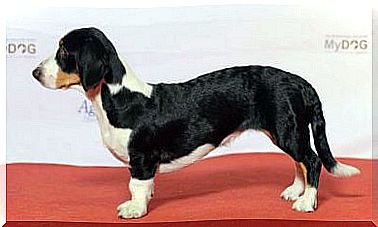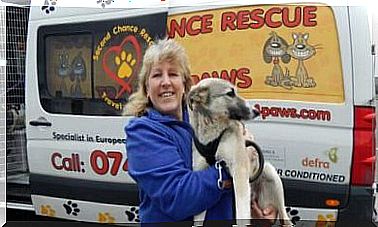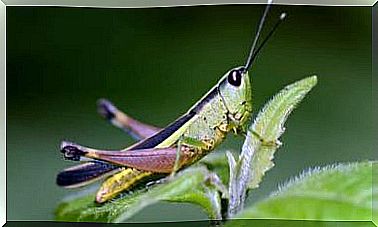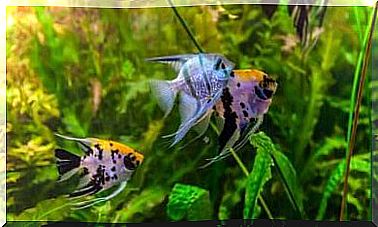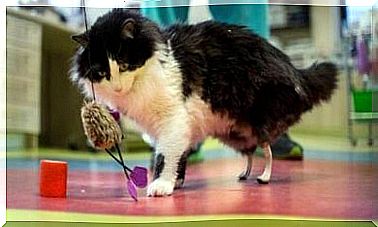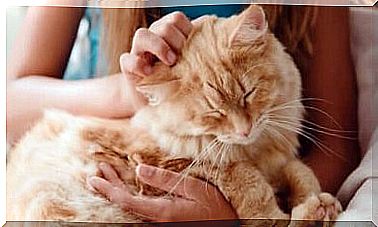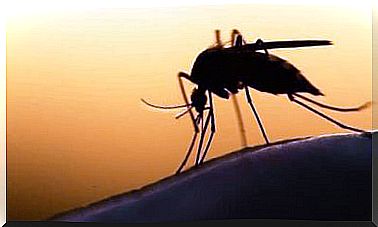Neonatal Diarrhea In Small Ruminants
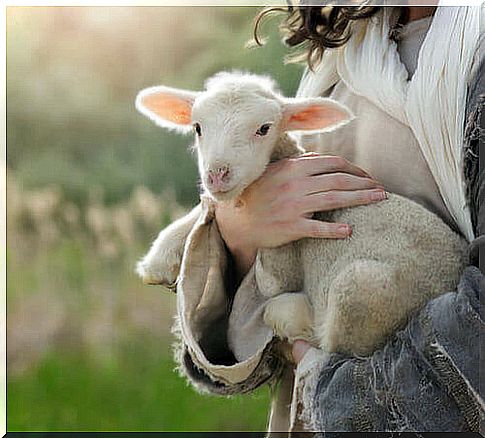
Neonatal diarrhea is one of the most frequent diseases in the first weeks of life of lambs and goats; not to mention the high mortality rate and the growth delays it causes. Among the numerous agents that can cause this symptomatology, we cannot fail to mention Cryptosporidium parvum .
Cryptosporidiosis is a disease that affects most vertebrate animals as well as humans. Several studies show that this disease is constantly growing.
Cryptosporidiosis as the main cause of neonatal diarrhea in small ruminants
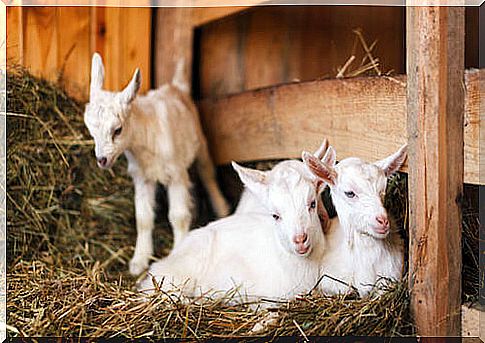
In this article we will describe the main characteristics of this disease and how it affects sheep and goats.
The epidemiology of Cryptosporidium parvum
We are faced with a protozoan which is nothing more than a microscopic parasite that invades the intestinal mucosa causing acute gastroenteritis. Infants of ruminants who stay with their mothers and other infants living in the same pen until weaning ingest this parasite unintentionally.
When a specimen is affected by this parasite, it inevitably infects all the others. There are several factors that favor the appearance of this infection. Some of them are:
- The Cryptosporidium parvum produces a very high number of oocysts that animals excrete in their feces.
- The infectious dose – the number of parasites to be ingested to develop the disease – is minimal.
- The oocysts are infectious for several months and manage to live in the soil of livestock farms for a long time.
- The high number of lambs and goats present in intensive farming favors the transmission of the parasite.
- The overcrowding and the lack of hygiene of the animals are creating many problems. If the hygienic and sanitary conditions of the farm where the animals are raised are poor, outbreaks of neonatal diarrhea that cause high mortality can appear more easily.
- The presence of adult animals that have the parasite but are asymptomatic is a big problem. These animals become carriers of the disease that are impossible to identify.
Symptoms of neonatal diarrhea caused by Cryptosporidium parvum
Lambs and kids become infected during the first days of life and are particularly receptive between the first and third week after birth. The condition of their immune systems appears to be a determining factor in the severity and duration of neonatal diarrhea.
Probably, the cause is that the immune system of these animals has not yet developed and has not assimilated the immune defenses provided by the maternal colostrum. The symptoms that breeders most often notice in infected animals are:
- A sudden elimination of pasty and yellowish stools accompanied by abdominal pain.
- Apathy.
- Dehydration.
- Anorexia. Responsible for growth retardation and weight loss in infected animals.
These symptoms usually pass within 3-5 days. However, in severe cases, this clinical picture can last up to two weeks, significantly compromising the animal’s well-being.
Diagnosis and treatment
There are several infectious agents that cause diarrhea in newborn calves. Therefore, it is necessary to make a differential diagnosis. For example, check for the presence or absence of Escherichia coli or Salmonella.
In vivo diagnostics are performed by detecting the presence of oocysts through stool analysis. In reality, given the characteristics of the oocysts, more sophisticated techniques would be needed than routine analyzes. However, serological tests have also proved ineffective in controlling the spread of the disease.
As for the treatment, several drugs were considered. Most of them are only partially effective because they only reduce the number of parasites and the duration of diarrhea.
Control and prevention of neonatal diarrhea caused by Cryptosporidium parvum
In the absence of specific drugs against Cryptosporidium parvum , control and prevention techniques are used. One of these is vaccination. However, no improvements were recorded for small ruminants. For this reason, prophylactic measures related to hygiene and biosecurity must be used:
- It is recommended to separate infected animals from healthy ones. In addition, they must be provided with clean accommodation by frequently renewing the straw to avoid the accumulation of feces.
- Overcrowding must be avoided by reducing the presence of newborn animals in the farrowing areas and by dividing the animals into batches.
- In addition, it is recommended to clean the enclosures and cages using disinfectants. Females who are about to give birth should do so in areas where there have been no infected infants.
- A sufficient quantity of quality colostrum should be given to lambs and kids during the first six hours of life.
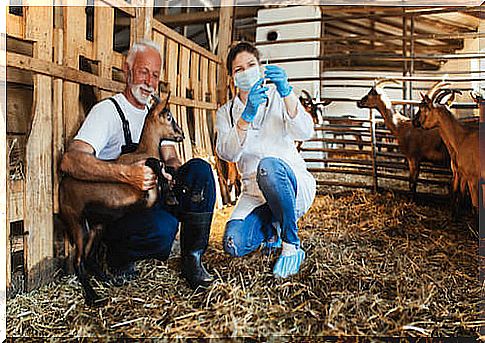
[Neonatal diarrhea in small ruminants
The Cryptosporidium parvum is the main etiological agent that causes the syndrome of neonatal diarrhea in sheep and goats. Despite its high incidence, no specific treatment or effective vaccine has yet been found to be made available to all livestock farmers.
Therefore, to combat this disease, only hygiene and biosecurity measures are used in livestock farms. Finally, the zoonotic nature of this disease and its possible transmission to humans coming into contact with infected animals must be taken into account.

